A Friesian is a breed of domestic horse that originates from the Netherlands. Researchers recognize the domestic horse (Equus ferus caballus) as a subspecies of the wild horse (Equus ferus). This breed has a large, slender body with a black coat and a long, black mane and tail. Read on to learn about the Friesian.
Description of the Horse
All breeds of horses have long necks, long legs, and solid hooves. For its rather large size, this breed can move swiftly and gracefully. Though some have a reddish hue to their coats, most have all-black hair.
Individuals measure anywhere from 14 to 17 hands tall, which equates to 56 to 68 in. tall, at the shoulder. However, the average horse measures about 15 hands tall. Generally, these horses weigh about 1,300 lbs.
Interesting Facts About the Horse
This picturesque breed has a large-yet-graceful body with striking black fur and a long, flowing mane and tail. Learn more about what makes this breed unique, below.
- What’s in a Name – This breed of horse gets its name from the province it originates in. People originally bred this horse in the Netherlands, more specifically, in Friesland.
- War Horse – People prized this breed as a war horse in the Middle Ages. The horses stood tall and could carry knights in full armor. Despite their large size, they could maneuver quickly and easily.
- Het Friesch Paard Society – In the 1880s, this breed began losing popularity and began to disappear. However, in 1913 people breeding these horses founded the Het Friesch Paard Society to protect and promote the breed and bloodline.
Habitat of the Horse
Humans bred this horse from fully domesticated breeds, and thus, they never had a “wild” habitat. People keep them on farms, pastures, fields, and similar types of manmade habitats. Like all horses, they need ample amounts of grass to graze on, or large amounts of hay to supplement poor grazing.
Distribution of the Horse
People originally bred this horse in Friesland in the Netherlands in the 11th century and possibly earlier. However, as the breed fell out of popularity before its resurgence in the 1900s, exportation did not occur until relatively recently. Nowadays, you can find this breed virtually worldwide.
Diet of the Horse
These mammals have herbivorous diets, and feed exclusively on plant matter. Grasses make up the vast majority of their diet. However, in areas with little grass, humans feed them commercially produced pelleted feed and a dried hay.
Horse and Human Interaction
This breed exists solely through human interaction. Without people selectively breeding the horses for certain traits, the Friesian would not exist today. Originally, farmers used these horses to aid them on dairy farms, and people also used them to carry knights into battle.
Nowadays, people keep these horses for recreational purposes. They show them in competitions and use them to pull carriages. You can also spot this breed on the silver screen featured in various movies.
Domestication
Humans have fully domesticated this subspecies. People originally bred this horse in Friesland in the Netherlands. Researchers believe this process began as early as the 4th century. However, they did not find the first illustrations of the breed until the 11th century.
Does the Horse Make a Good Pet
This breed can make a good pet, but only for certain people. You must have adequate land and money to properly care for this animal. People with the space and the means to pay for their care, find them to be graceful, calm, intelligent animals.
Horse Care
You must keep these large mammals in securely fenced land with an adequate amount of grass for them to graze on. In addition to the grass in their pasture, you should also feed them commercially produced grain and hay.
Like all horses, you must maintain their hooves and teeth, and provide all necessary vaccinations. Improper preventative care can result in serious injury, lameness, or even death, for the horse.
Behavior of the Horse
This horse is a social animal and prefers to live in groups known as herds. They have a calm and friendly disposition, and show interest in bonding with people when properly socialized. Overall, this breed has a placid, intelligent, and loyal disposition.
Reproduction of the Horse
Male horses, known as stallions, can breed with multiple females. Female horses, known as mares, undergo a gestation period of approximately 11 months. The vast majority of births result in a single offspring, known as a foal.
After birth, the foal can stand, walk, and nurse within a few hours. Most people wean foals when they are between 4 and 6 months of age.

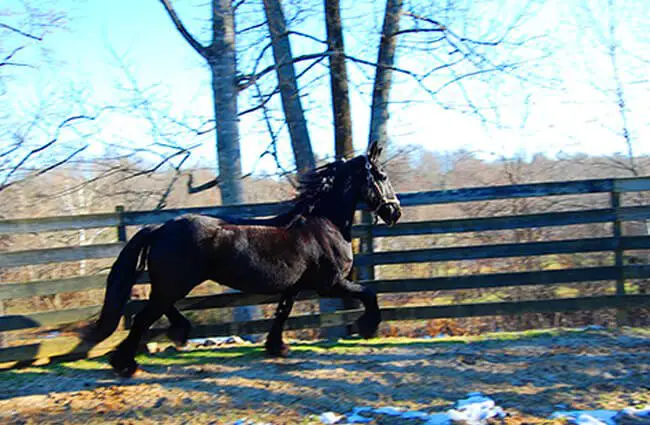

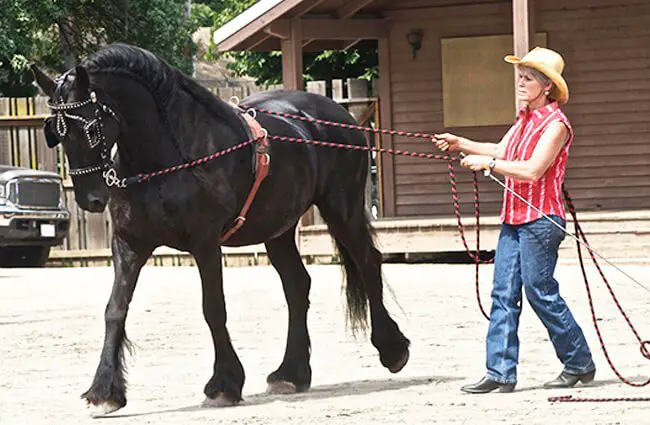
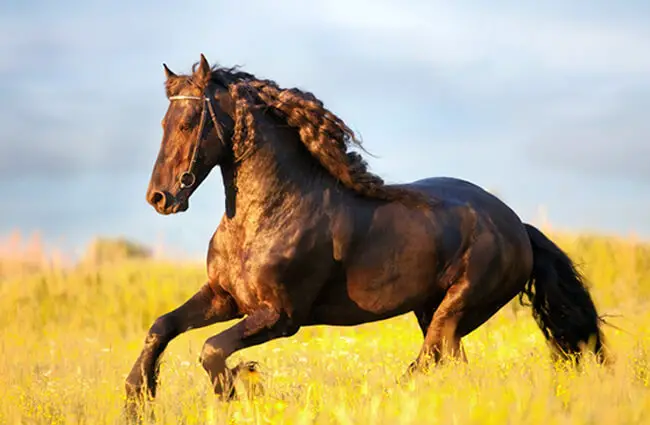
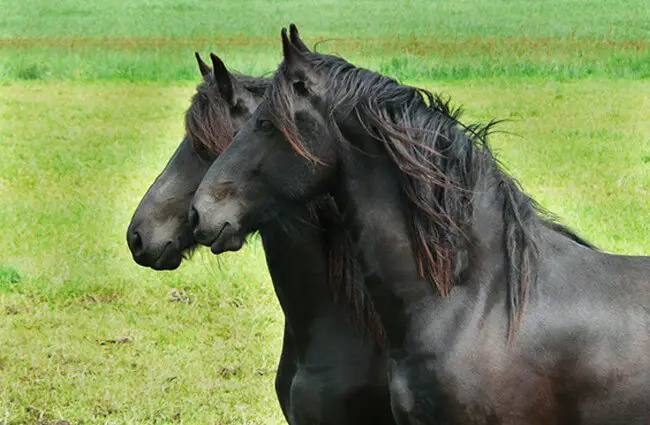


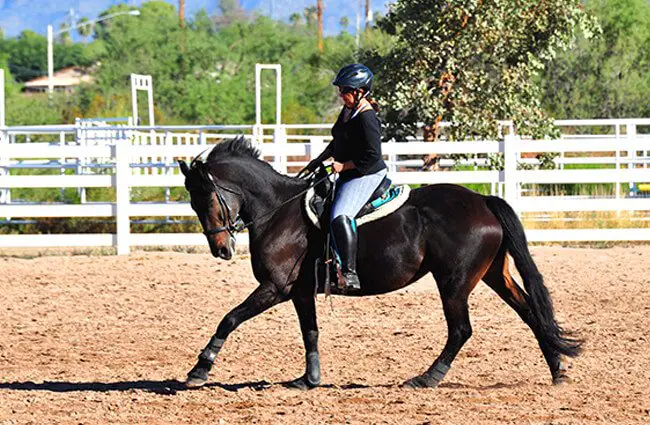
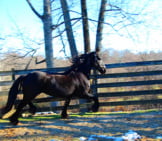
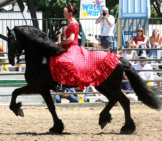
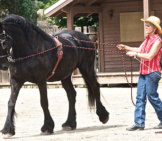

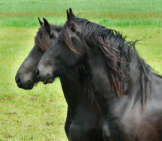

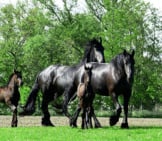
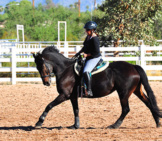
![Red Angus Closeup of a beautiful Red Angus cowPhoto by: U.S. Department of Agriculture [pubic domain]https://creativecommons.org/licenses/by/2.0/](https://animals.net/wp-content/uploads/2020/03/Red-Angus-4-238x178.jpg)












![Red Angus Closeup of a beautiful Red Angus cowPhoto by: U.S. Department of Agriculture [pubic domain]https://creativecommons.org/licenses/by/2.0/](https://animals.net/wp-content/uploads/2020/03/Red-Angus-4-100x75.jpg)

